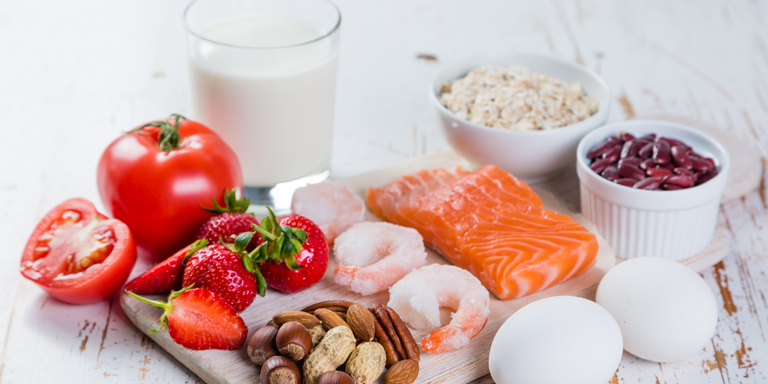Fructose malabsorption
Unlike the less common congenital fructose intolerance, fructose malabsorption involves the reduced absorption of fruit sugar (fructose) into the cells of the small intestine, leading to symptoms such as flatulence, abdominal pain and diarrhoea.

Table of contents:
From a medical point of view, fructose malabsorption does not have any serious consequences. However, it can be very stressful for sufferers, as in particular fructose is present but hidden in many foods.
Causes and triggers
In fructose malabsorption, functioning of the transport protein for fructose is impaired. As a result, fructose cannot be adequately absorbed into the intestinal cells, leading to symptoms such as flatulence and diarrhoea. How much fructose is tolerated varies from person to person. Although fructose malabsorption has no harmful effect on the intestinal mucosa, it can be very stressful for sufferers.
Fructose is naturally found primarily in fruit, certain vegetables (in a concentrated form when dried or in juice) and in honey. However, substantial quantities of fructose are also often added to lifestyle products (e.g. low-calorie soft drinks or dairy products) or specialist products for diabetics. Furthermore, the absorption of fructose is reduced by sugar alcohols, or polyols.
These include:
- Sorbitol (E420)
- Mannitol (E421)
- Xylitol (E967)
- Maltitol (E965)
- Lactitol (E966)
- Isomalt (E953)
These sugar alcohols occur naturally in certain fruits and are also used as sweeteners in processed products such as chewing gum, sweets and pastries.
Fructose malabsorption must be differentiated from the rare condition of hereditary fructose intolerance, which is an inherited disorder of fructose metabolism that is usually diagnosed in infancy. Sufferers must strictly avoid foods containing fructose.
Symptoms
The undigested fructose is converted to short-chain fatty acids by bacteria in the large intestine, which can cause the following typical symptoms: abdominal pain and cramping, flatulence, diarrhoea, constipation, feeling of pressure in the upper abdomen, nausea, general malaise and belching.
The extent of the symptoms varies markedly, depending on the tolerance level and the quantity of fructose ingested. Symptoms generally occur 30 minutes to 2 hours after consumption of food containing fructose.
Diagnosis
Fructose malabsorption is diagnosed by means of a hydrogen (H2) breath test. The dietary history and, where appropriate, a food and symptom diary may provide evidence of individual tolerance of fructose.
Other food intolerances such as lactose intolerance and coeliac disease can cause similar symptoms.
Treatment
Symptoms can be reduced with a low-fructose diet. Following diagnosis, it may be helpful for a short period to eat foods low in fructose and avoid sugar alcohols. Then individual tolerance of fructose is determined in a test phase. This involves gradually increasing the amount of food containing fructose that is consumed. A dietitian can provide assistance in these matters.
Tips and tricks
As a rule, fructose is absorbed more effectively if foods rich in fats or protein are eaten at the same time.
Editors: aha! Swiss Allergy Centre in co-operation with the Scientific Advisory Board.



